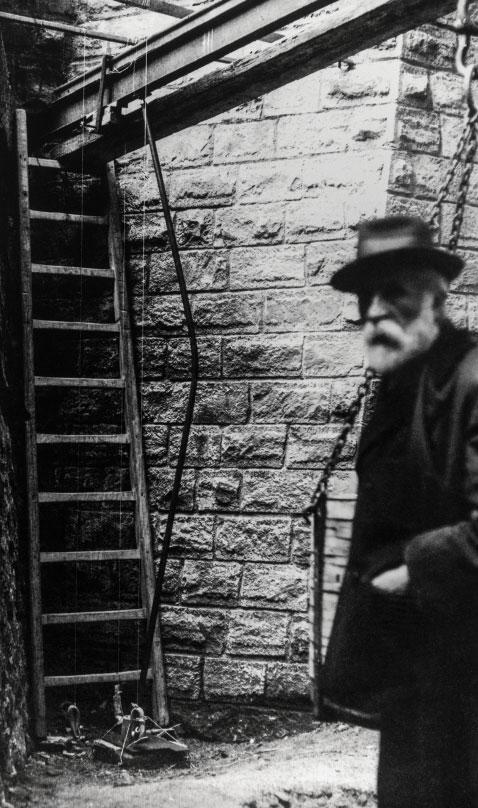
2 minute read
Bionic architecture
learning from nature for the sake of technology
Biomimetics means learning from nature, investigating methodology and translating this into technical solutions. It might sound very fascinating for architects and engineers to examine the variety of the natural world, but one has to keep in mind: The research-design process has to maintain abstraction, direct interpretation will not work out. Thus we´re talking about a three step process: research - abstraction - implementation (Nachtigall 2010). The term BIONICS exists since the 50´s, formed by studies of bats which were used for the development of the radar technology. BIONICS consists of two fi elds BIOlogy and techNICS. The later developed term BIOMIMICRY - the imitation of life - doesn´t harmonize with our process described above. BIOMIMETICS - which describes the understanding of biological structures and processes and their technological applications and methods, became more accepted and was used as a synonym for bionics.
Advertisement
The German term Biologie befl ügelt Architektur - Biology inspires architecture - emerged recently for the Program Transregio 141 and focussing on recent developments in computational design and integrative structures - analysis, simulation and implementation in architecture. TRR 141 is a transregional Collaborative Research of architects and engineers of the University of Stuttgart, biologist and physicists of the University of Freiburg and geoscientists and evolutionary biologists of the University of Tübingen, supported by the German Research Foundation from 2014 until 2018. The program is composed of a dialogue between the different disciplines. The important natural attributes and structures are analyzed and abstracted into models, which represent the most interesting properties and construction principles, and are intended as a basis for simulation of the functional morphology, thus determining the ground for the transmission into technology. This process is called Bottom-Up-Process. The opposite one, Top-Down-Process uses specifi c demands from engineering and material science, architecture or industry and makes detailed characteristics of the problem. The next step is to search for suitable role models in biology. Once they are found, they are examined closely, abstracted and demonstrated on prototypes and demonstrators. If the testing phase is a success, the system can be implemented. This system can also be called Reverse Bionics.
Bionic architecture is aimed to develop this high level of integration. In nature is always an incredibly high level of integration of the generated systems and of the processes how things are built.
Achim Menges
Integration of robotic fabrication, which allows us to create a lot of shapes with signifi cantly less material because nowadays the amount of energy which goes to creating the materials for building systems is enormous.










